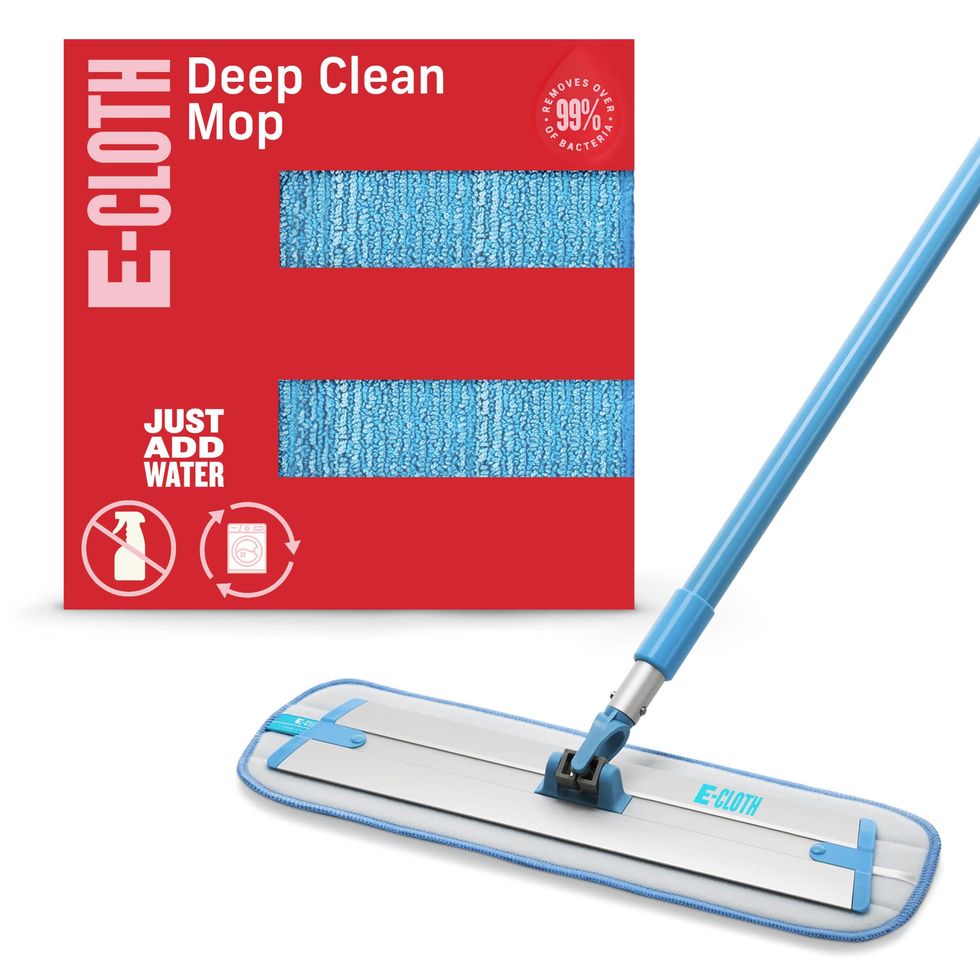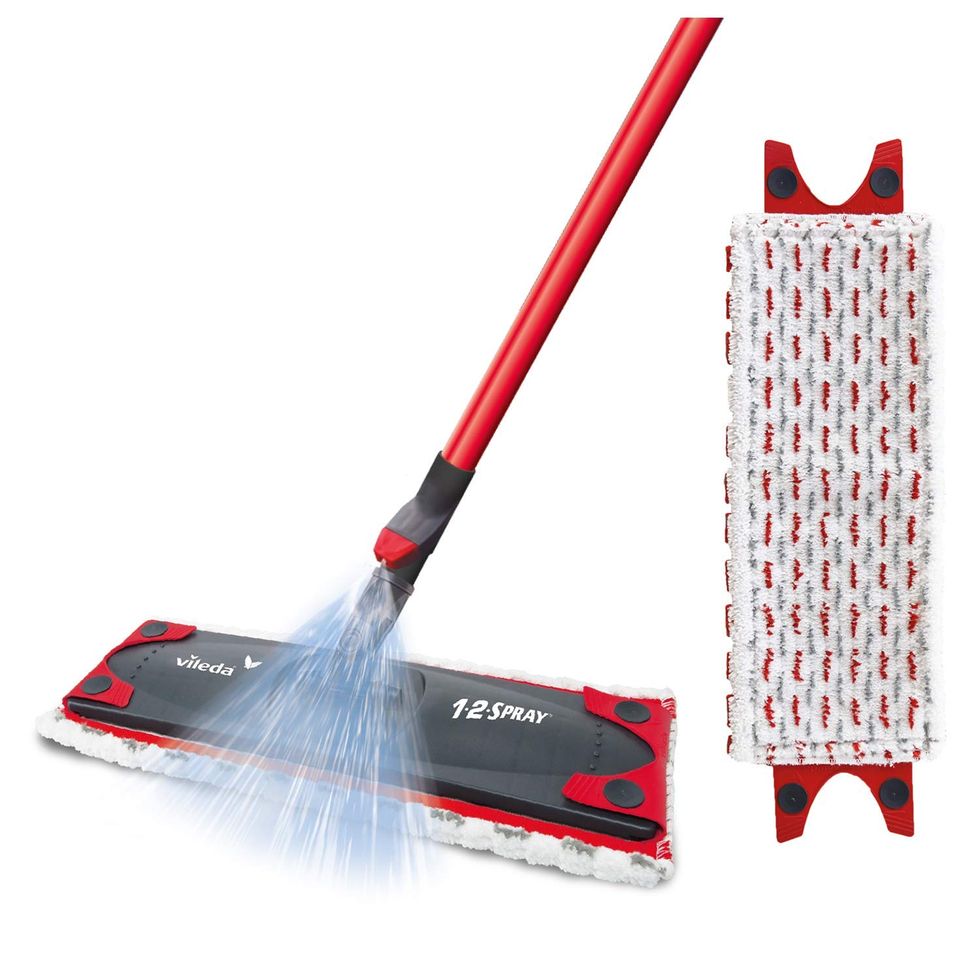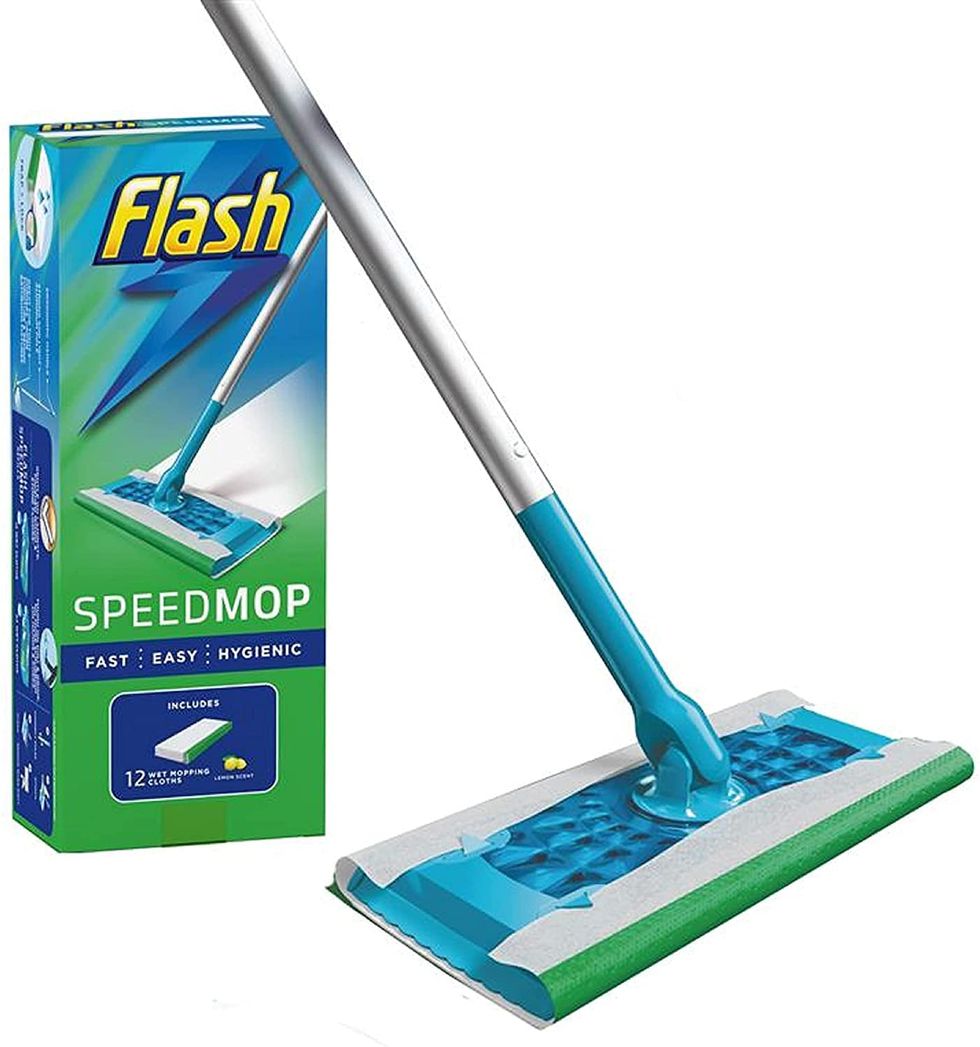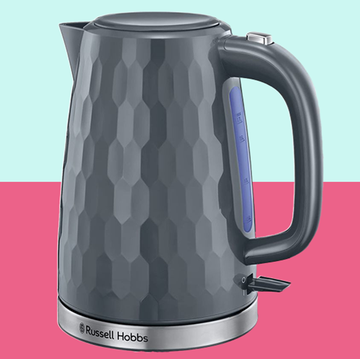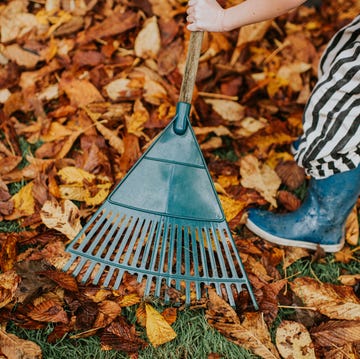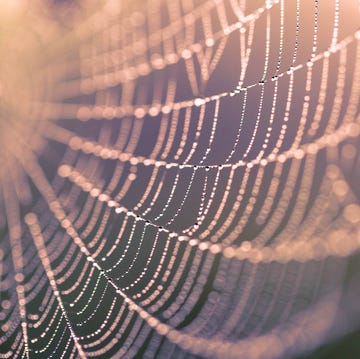Just when you thought your home was safe – barricaded against flying ants, bed bugs and moths – there’ s another insect on Britain’s most un-wanted list. Thanks to the blazing hot conditions, cockroaches are on the rise. While rare, these insects have the best conditions to breed right now and they’re readily looking to take shelter in our homes.
While the heat encourages their breeding, cockroaches are actually active all year round. According to Niall Gallagher, BPCA Technical Manager: “Like most pests, cockroaches have ideal conditions in which they thrive, which includes temperature. There will often be a natural increase in breeding as the temperature rises – cockroaches are cold-blooded and so their metabolism increases in warmer temperatures. However, if it's too warm inside then it can slow down again – so they will need to find the conditions that are the most optimum for them.” This ranges from 20-35 degrees Celsius for German and Oriental cockroaches, both of which are common in the UK.
The BPCA also confirmed that when comparing the figures of 2023 with 2024, there was an 81% increase in people visiting it's cockroach advice page, and a 24% increase compared to the same month last year. That could be interpreted as a growing number or roaches, but it could also be an increased awareness of the website. Let's hope it's the latter.
What to read next
So, what should you do if the worst should happen and you spot a roach in your kitchen? This guide covers everything you need to know, so you won’t have to hold your breath whenever you switch on the lights.
What types of cockroach are in the UK?
There are many species of cockroach found in the UK, but the two you’re most likely to spot in the home are the German cockroach and the Oriental cockroach. The German cockroach is the smaller of the two, measuring up to 15mm long with a brown body and two distinct dark stripes running down its back. It prefers a warm and humid environment, and so is often found in kitchens and bathrooms, nearby food sources and beneath or even inside of appliances.
The Oriental cockroach is the larger and more resilient of the two. When you think of a typical cockroach, the Oriental is likely what comes to mind. It’s got a flat, oval body shape with a dark brown or black shell and measures up to 30mm. It prefers cooler conditions compared to the German cockroach but still loves the damp as well as rotting food, so your drains and bins could be at risk.
Are cockroaches dangerous?
Cockroaches carry bacteria, germs and parasites on their bodies, and can indeed spread disease. Rather than biting us, they do this through contamination. As they travel around our homes they contaminate whatever they touch, be it food or surfaces.
According to Adam Hart, Professor of Science Communication at the University of Gloucestershire and a Fellow of the Royal Entomological Society (that’s the scientific study of insects): “Cockroaches move around, and when they do they can transport harmful bacteria and other microorganisms. So yes, they can potentially carry disease. They have been called "unhygienic scavengers", which is a good phrase to describe them.”
The bacteria which cockroaches carry include the likes of E.coli and Salmonella – so they often cause food poisoning. They can also trigger asthma and eczema via the droppings they leave behind.
How to tell if you’ve got cockroaches
Speaking of dropping. Not sure if you’ve got cockroaches? The following are telltale signs:
Faeces – Cockroaches will leave behind small black faeces measuring from 1-2mm in length. They look similar to black pepper granules and can be liquid or solid depending on what’s been eaten.
Shed skins – Cockroaches will shed their skins 5-8 times over their lifetime. So there will be plenty of these translucent shells where you’re dealing with an infestation.
Egg capsules – Just like the shed skins, egg capsules will be a clear indicator of a cockroach infestation too. The females drop egg capsules known as ootheca – these look like little brown oval capsules which carry an average of 16-30 eggs (depending on the species).
Musty smell – When an infestation is present, cockroaches will create a distinct musty and often ‘oily’ smell. The worse the infestation, the more pungent the smell.
You spot a cockroach – There is a chance you could spot a cockroach, especially if you enter a dark room and suddenly switch on the lights. Cockroaches are nocturnal though so you’re unlikely to see one during the day.
What to do if you spot a cockroach
1. Clean the area
The first step is cleaning your home thoroughly. For hard floors, remove potential food sources by sweeping up any crumbs, then vacuum and mop with a floor cleaner which contains disinfectant. Likewise, after you wipe your countertops clean with a damp microfibre cloth, apply a disinfectant here too, such as Dettol Antibacterial Surface Cleanser. If you own pets, check the product is safe to use around them and follow any safety precautions.
Make sure food is contained and sealed away – never leave any food out in the open. That means you need to remove uneaten pet food at night and avoid leaving dirty dishes sitting in the sink too. Remove your bins each night and disinfect the exterior, both outside and in. Try to avoid leaving potential water sources out which are easily accessible too, such as pet water bowls and drainage trays in plant pots. Move pet bowls out of reach of cockroaches.
2. Seal up entrances
Cockroaches can fit through the tiniest of cracks and crevices, so you need to find any potential entrances to your home and seal them up with caulk or foam – this includes any gaps around windows and under doors. If needed, you can install draught excluders to block the space beneath your doors. Don’t forget to check where the utility lines and pipes enter your home too - cracks and gaps can often be found here.
It's also worth fixing any leaky taps or pipes which could be providing a water source too.
3. Lay traps
There are a couple of cockroach traps that you can lay yourself. Glue traps are widely available, as are bait stations (which are designed to let the cockroaches carry the poison back to the nest) and ultrasonic traps are available too which emit a high-pitched sound to deter the roaches. There are also insect killer sprays readily available. Place your traps around areas where you’ve noticed cockroach activity and check them regularly. But take care if you have children or pets and follow safety instructions.
4. Call in a professional
Setting up DIY traps often isn’t enough to fully eradicate the roaches. If you suspect an infestation, it’s always best to call in a professional to help. The BPCA can help you to find a local vetted exterminator.
How to prevent cockroaches
Hart surmises: “To prevent cockroaches, try to focus on eliminating their access to food, water, and shelter. Keep things clean and tidy, and seal any potential entry points (but be careful not to seal essential ventilation), maintain cleanliness, and address moisture issues. Also, if you are concerned, then regularly inspect and clean areas where cockroaches might hide, like under appliances and in storage.”
Top tips to prevent cockroaches:
- Keep your home clean and clutter-free – remove potential spaces for the roaches to hide.
- Remove food sources – seal away food and keep surfaces free of crumbs.
- Remove water sources – fix any leaky taps and pipes.
- Empty bins regularly – make sure they’re sealed and out of the sun.
- Check and clean harder to reach areas where crumbs will likely collect – such as beneath the fridge and oven.
- Double check any used appliances for roaches – do this before you bring it into your home.





